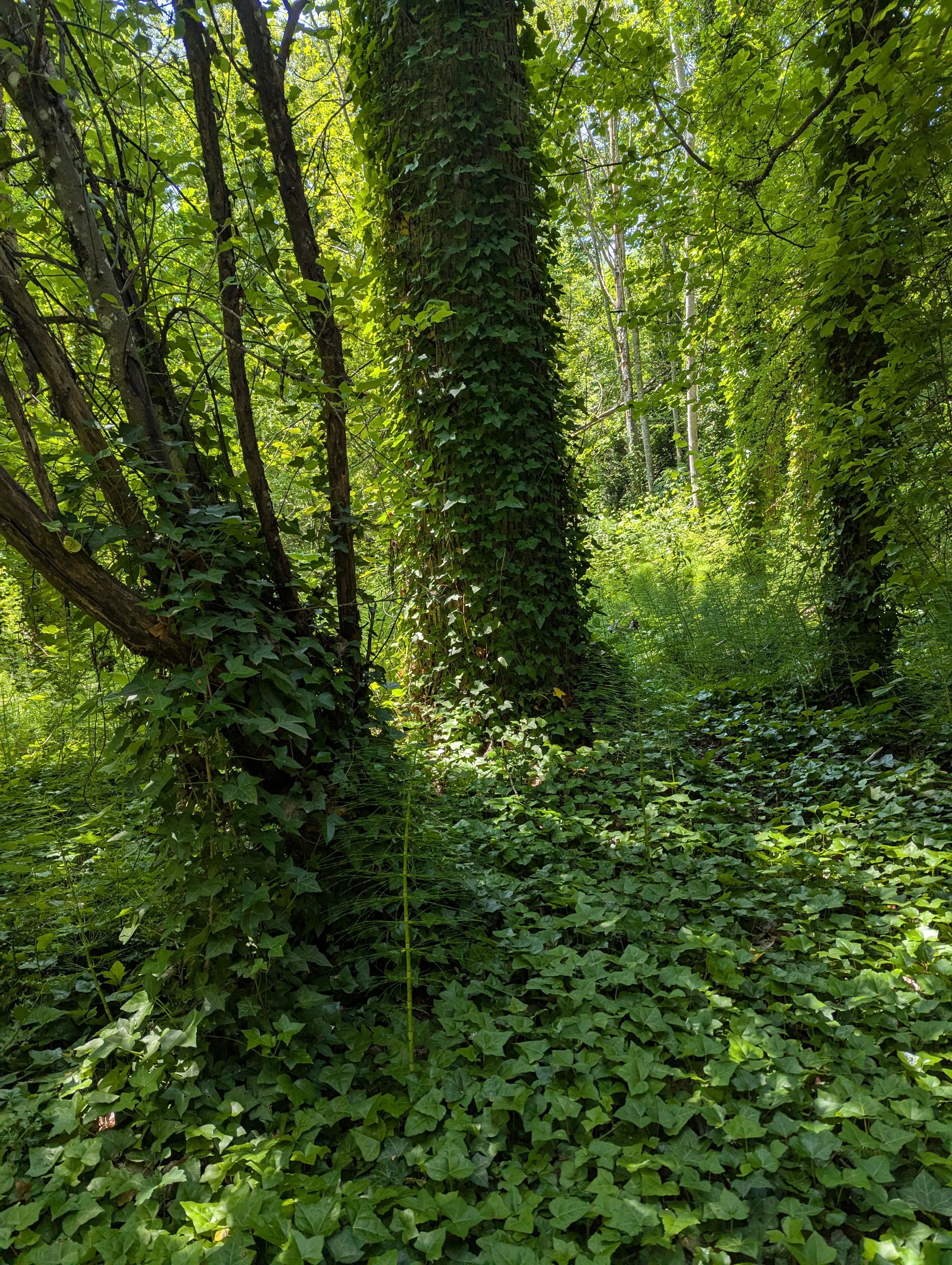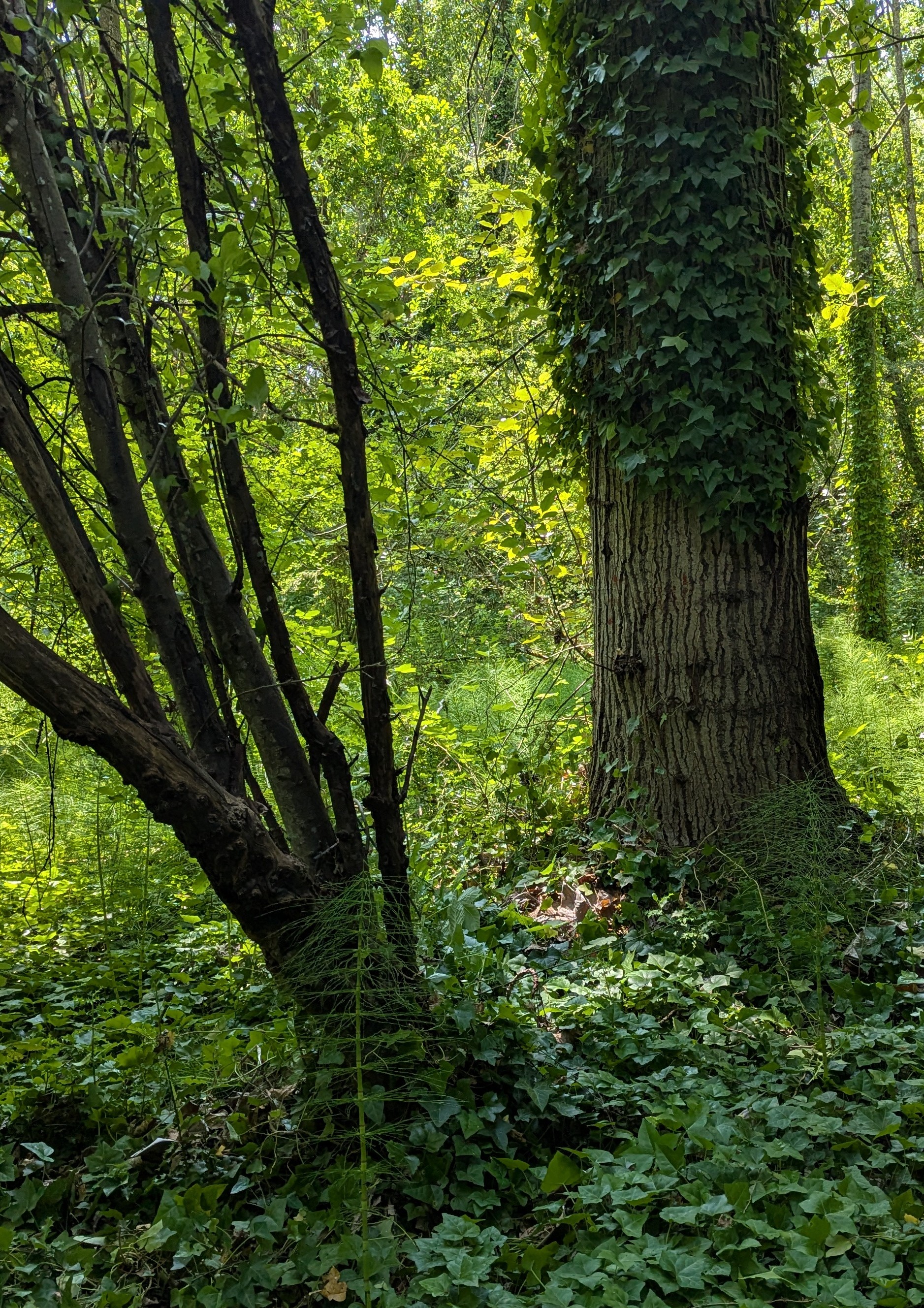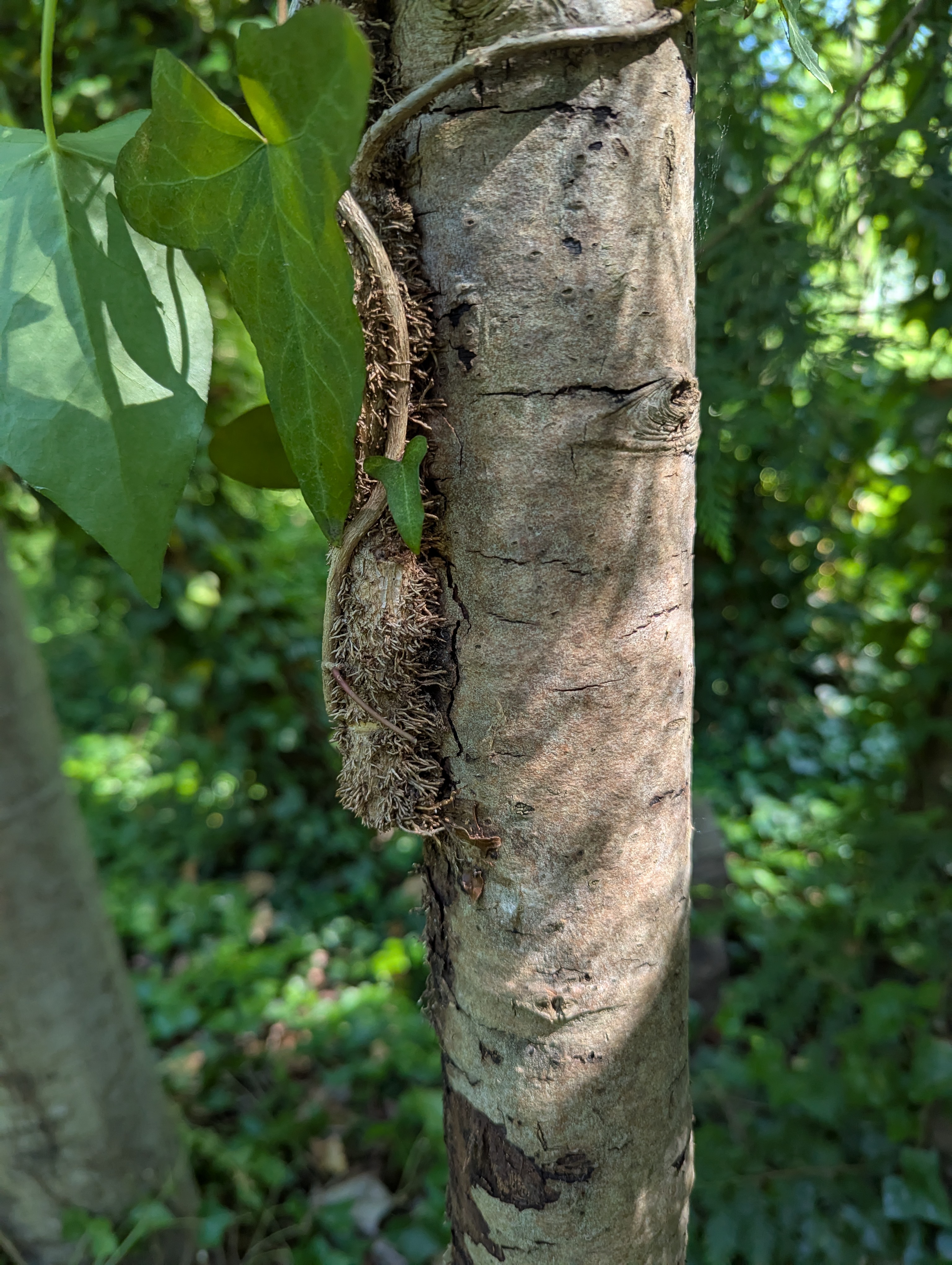Welcome
October 25 2025
I'm back! The last two months were just so. Hot. I simply ceased existing for a bit. Let me catch y'all up with what's happened between my resurrection and now.
Firstly: I did a stress test, like they put electrodes all over my chest and made me run on a treadmill. My heart is really good and strong and healthy (this was already known) but! my blood pressure was super low. According to the after-visit report it was 88/60, but it took the medical-people like five tries to get that number. First they blamed freshly-updated software, then checked that the blood pressure cuff actually inflated, then asked if I "ate salt". Then the machine worked just fine while I was jogging, then got tempermental again once I stopped. So this might be why just standing around makes me feel faint?? I also recently restarted going to my PT and we're working on stregthening and thickening the soft tissues at the front of my shoulder where I dislocated it a couple times about six years ago. It's still really sore from the PT and threateningly loose and painful from the injuries.
On a more fun note: I went woolgathering at a fiber festival over the weekend and bought lots of wool and now I have tons of projects to do. Here's what I've got and what they're earmarked for:
- XXXoz of undyed, combed Southdown Babydoll for socks
- 4oz of dyed yellow/pink/purple BFL roving for a moss-stitch beanie
- 3 oz of different natural shades of roo-ed Shetland roving that I want to make a woodland silhouette beanie with (the sheeps' names are XXX)
- 4.18 lbs of a raw Shetland fleece (the sheep's name is Artemis) that I'm going to make a Wash's Sweater for my sister (and maybe another one for me, this time with fewer mistakes)
Lots of other things happened, but mostly I just laid spread eagled on my living room floor and tried to pretend like it wasn't over 90(32.2) degrees. I love the summer, but the transitioning seasons (spring and fall) are the only ones I'm a real person throughout.
June 5 2025
I just finished Wisdom Sits in Places by Keith H. Basso, listening to the audiobook (read by Steven Jay Cohen). I read it on the suggestion of my sister, who studied anthropology, and really enjoyed it. The book largely concerns itself with place names in a Western Apache community and how it builds and is expressive of not only social/moral values but identity in time and space.
I would definitely suggest it to anyone interested in other cultures or how social groups operate and organize themselves. If you liked N.K. Jemisin's The Broken Earth trilogy or the parts of Tamora Pierce's The Magic Circle books with little culture-clashes you'll definitely like this ethnography.
2025 June 1-2 2025
Last week I adpoted the park near my apartment! It's choking on a really invasive vine (English Ivy, hedera helix) and I've wanted to pull it out for awhile. I used to volunteer at another park with the same goal, but that park was a 15 minute drive away (as opposed to five minute walk) and they only meet on a day of the week that I work.
I've been pulling ivy for about five hours this weekend and here are some high lights:



2025 May, 24
Well, I had to call for an ambulance for a patron at work. I've been CPR certified for a year and haven't had to use any of it yet, (KNOCKS ON WOOD) but I really do think that that training put me in a position to just react and not overthink. Someone crying really hard and curled up on their side? Just call an ambulance. I don't think I would've been so decisive otherwise.